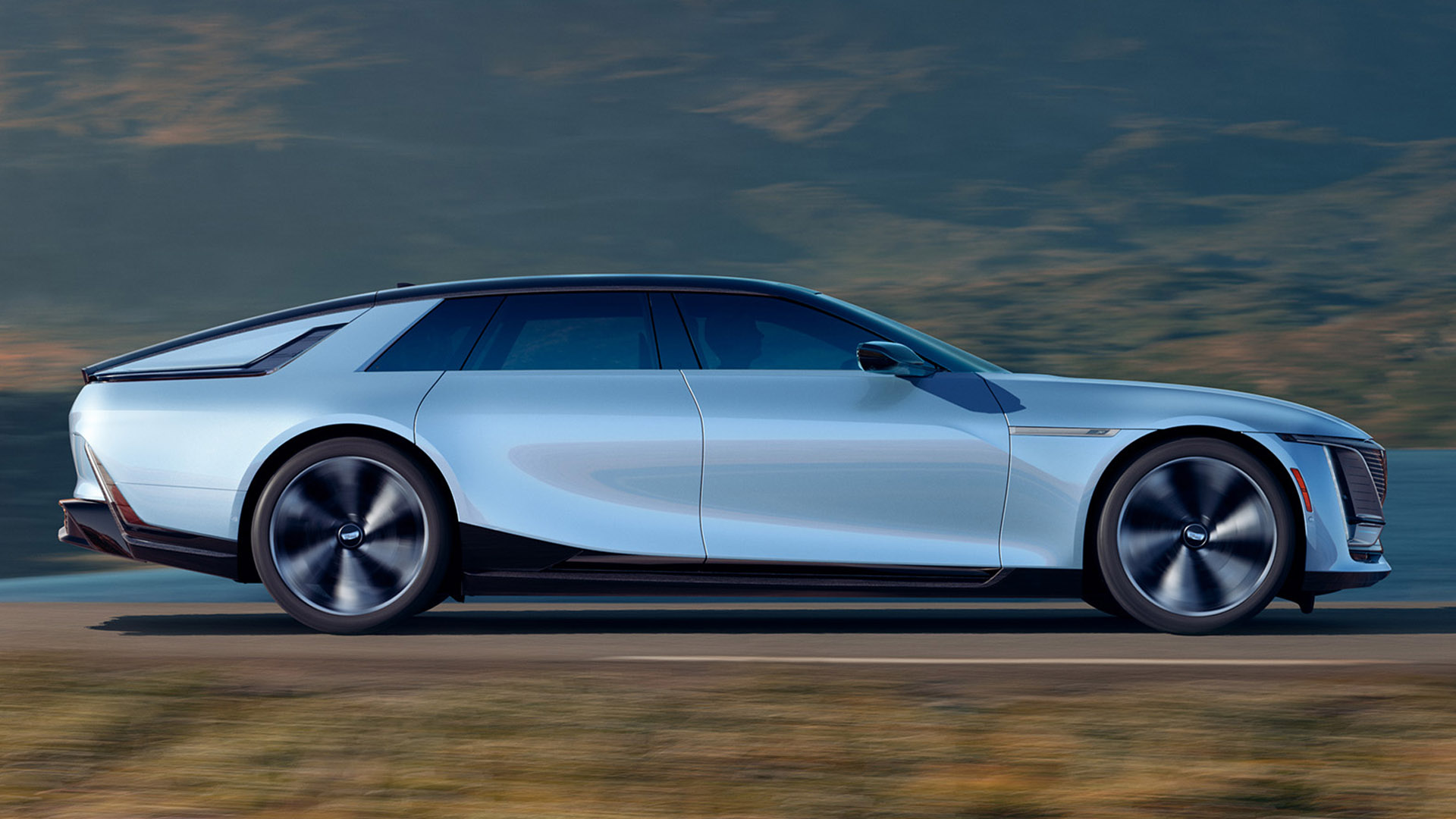

When it comes to assisted driving systems, General Motors‘ Super Cruise is hard to beat. The hands-free highway driving setup combines LiDAR scans of 400,000 miles of the nation’s highways as well as active sensor readings to deliver a seamless form of semi-autonomous driving. Ultra Cruise, a superior system that GM claims will be able to handle 95% of driving, is set to debut on the $300,000 Celestiq. The Detroit automaker has now detailed how the system will work.
In short, it uses an army of cameras and sensors working together to ensure the car doesn’t hit anything. The fancy phrase they’re using for that is “sensor fusion.” The sensors include several short and long-range radars, a LiDAR, and a number of cameras.
When it debuts, the Celestiq will be one of the few cars to offer a LiDAR sensor from the factory. For reference, LiDAR is a sort of light-based radar system, capable of rapidly generating a slew of rangefinding points wherever the sensor is pointed to create what is effectively a form of high-resolution 3D video. It’s used by most autonomous vehicle startups and is considered a key sensor for enabling the technology. LiDAR has found little use on passenger cars, though, as the software to enable the powerful data is difficult to develop.


The fact that LiDAR is only one part of the picture is what makes Ultra Cruise impressive, assuming it works effectively when it debuts on the Celestiq. Ultra Cruise will utilize not only this rich data, but also information from four short-range radars located on the corners of the vehicle, three long-range radars on the front and back of the vehicle, and seven 8-megapixel cameras in various locations. GM claims the system will be able to fuse all of this data into a stream of information that the car’s “compute platform,” developed with semi-conductor giant Qualcomm, will be able to interpret and translate into signals telling the vehicle to stop, go, turn, etc.
It’s an extremely tall order, and although it’s not stated explicitly in the release put out by GM detailing Ultra Cruise, the automaker definitely tapping some of the Cruise brain trust to get this done—Cruise being GM’s autonomous taxi service operating in San Francisco.
All of this being said, there’s a reason why Ultra Cruise is explicitly stated to be able to handle 95% of all driving scenarios, not 100%, and why it will be considered just a “Level 2” semi-autonomous system when it debuts, as opposed to a “Level 3” system that actually allows the driver to lose focus on what’s ahead of them. The reason is that it’s very hard to make even autonomous-adjacent systems work outside of a relatively narrow window of scenarios. It’s why Super Cruise is only active on highways that have already been scanned by LiDAR and why Tesla’s so-called Full Self-Driving system has such a habit of not living up to expectations, to put it lightly. Even Level 3 systems, which Mercedes has touted will soon be active in Nevada, are only available for use in situations like low-speed traffic on highways, which is a reasonably safe and predictable environment in the context of autonomous vehicles.
The buck stops when the Celestiq hits the streets, but similar to Tesla, GM isn’t saying the final version of its assisted driving system will be available on release. It will be continually updated over the air as GM gathers more data and learns more about the challenges of deploying such a system. Once it’s mature, the automaker has indicated it will filter down to more vehicles at a variety of price points.
Got a tip? Email us at tips@thedrive.com